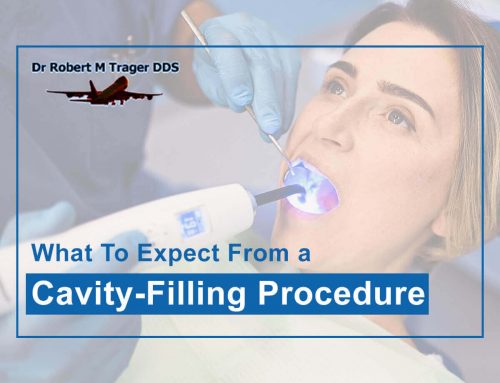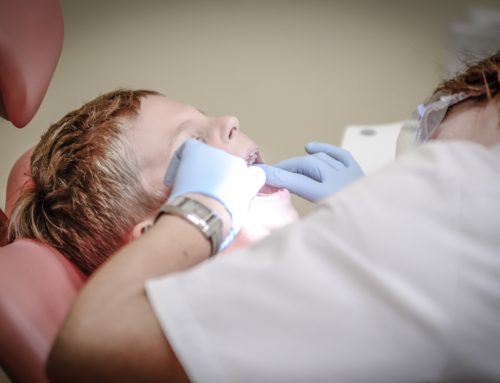
Everything depends on how many teeth the patient has left
They are a cheaper alternative to dental implants
Over the course of one’s life, they may have to get dentures, whether due to age or infection or an accident. They ask the immediate question: What are the different types of dentures?
Picking a set of dentures doesn’t have to be nerve-wracking for a patient. All it really takes is an understanding about the current state of their mouth and what the whole process entails.
Full Dentures
When it comes to the complete dentures, they can either be put in immediately after tooth loss or removal or they can be put in after a healing process of about 12 weeks, give or take a bit.
An advantage of the immediate denture is that the patient will not be without teeth. Missing teeth, even for a short amount of time, can impact one’s self-esteem and their overall demeanor. With the dentures in their mouth, they can still talk and eat as close to normal as they did in the past.
On the other hand, since the gums underneath the immediate dentures will be healing, that means that there will be changes in the spacing between the dentures and the gums, which can lead to irritation and possible sores and infection. There’s a more constant need for re-adjusting with the immediate dentures. Many dentists prefer to use the immediate dentures as temporary ones until a more permanent set can be made that fit the contours of the healed gum and jawbone.
Partial Dentures
A patient that can’t get a bridge or may be constrained financially are the best candidates to get partial dentures. Also, patients who have teeth around the missing ones that are still viable are good candidates for partial dentures.
Additional teeth can be added to the partial denture over time but it depends on what kind of material is used.
It does take a bit for patients to get used to having partial dentures in their mouth and there’s the risk of plaque building up on the teeth where the abutment is placed – which can mean gum disease and decay. If the partial moves around, it can damage the surrounding good teeth and also bone loss can continue under the denture and get to the natural teeth.
Implant-Supported Dentures
There’s another option for patients who want a more secure fitting in their mouths. The implant-supported dentures are when the dentist puts in implants first – after checking to make sure that there is enough bone mass in the patient’s jawbone to support the implants. The implant is allowed to fuse with the jawbone, since it will act like the natural root of the tooth.
The dentures are not permanent- they have to be removed and cleaned. It’s not like traditional dental implants, which stay in the mouth like traditional teeth. These implant-supported dentures just give more stability in the mouth than traditional dentures.
It all depends on each individual patient’s situation. They need to carefully assess the situation and not be afraid to ask their dentist or specialist what the correct course of action would be. It’s also vital that they keep in close communication with that same dental professional once they get whatever they need – notifying them if there’s any change since it’s extremely important to have the dentures fixed immediately to avoid long-term trouble.
Dr. Robert M. Trager has been working with dentures for decades. He will gladly help guide his patients through making the right decision.





